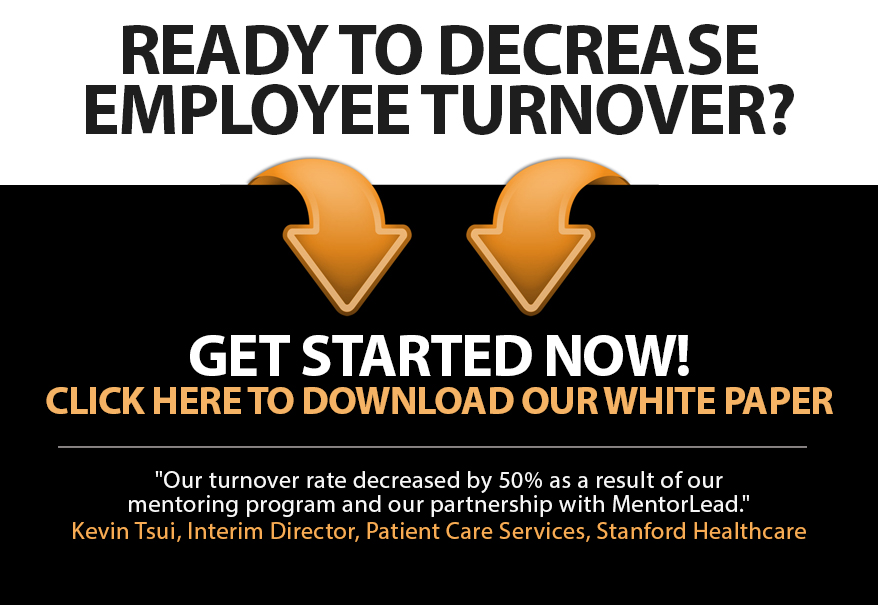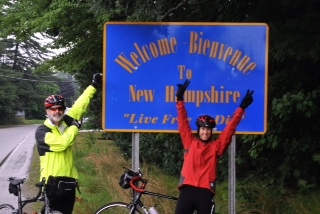
[Flash] Commencement Speeches – for Graduates or the Rest of Us?
I remember my college graduation, but I don’t remember who spoke or the advice they offered – my head was spinning with nervous energy that day.
Perhaps the wisdom shared by the rich and famous at podiums across the country each graduation season is actually meant to rouse and rejuvenate the rest of us who have been adult-ing for a while.
Some highlights from this season of bedazzled commencement speeches:
1. Life is Good CEO Bert Jacobs at Villanova: “Follow 3 rules to be happy on the road of life:
- Turn on the lights (give off positive energy)
- Trust your navigation system (know who you are and act like it)
- Enjoy the ride“
2. Billionaire Robert F. Smith at Morehouse (right before he pledged to pay off all college debt of graduating seniors to the tune of $40 million): “You are bound only by the limits of your own conviction and creativity.”
3. Actress Jennifer Garner at Denison University: “There is no finish line to cross. There is no moment when you’re supposed to be happy. Fight for what makes you optimistic about the world. Find it, insist on it, dig into it, go after it. Happiness is your own responsibility.”
4. Apple CEO Tim Cook at Tulane University: “There are some who would like to believe that the only way you can be strong is by bulldozing those who disagree with you… Push back! It shouldn’t be this way.”
5. Actress Kristen Bell at University of Southern California: “Listen as fiercely as you want to be heard.”
6. Philadelphia Eagles head coach Jeffrey Lurie at Clark University: “Remember the importance of unconditional love, resilience, empathy, gratitude, and a radical kind of open-mindedness.”
We are never too old or too tenured to be rekindled and inspired by the advice, perspectives and ideas of others!
![]()








